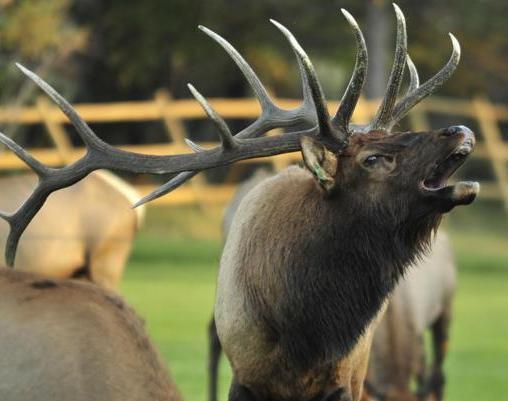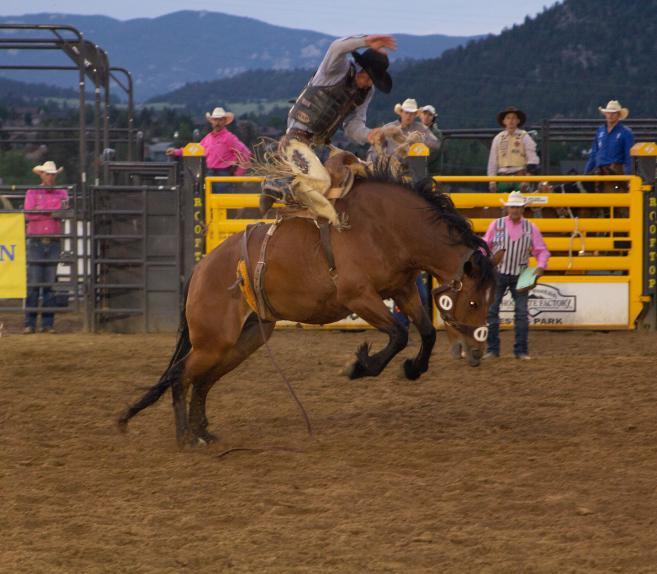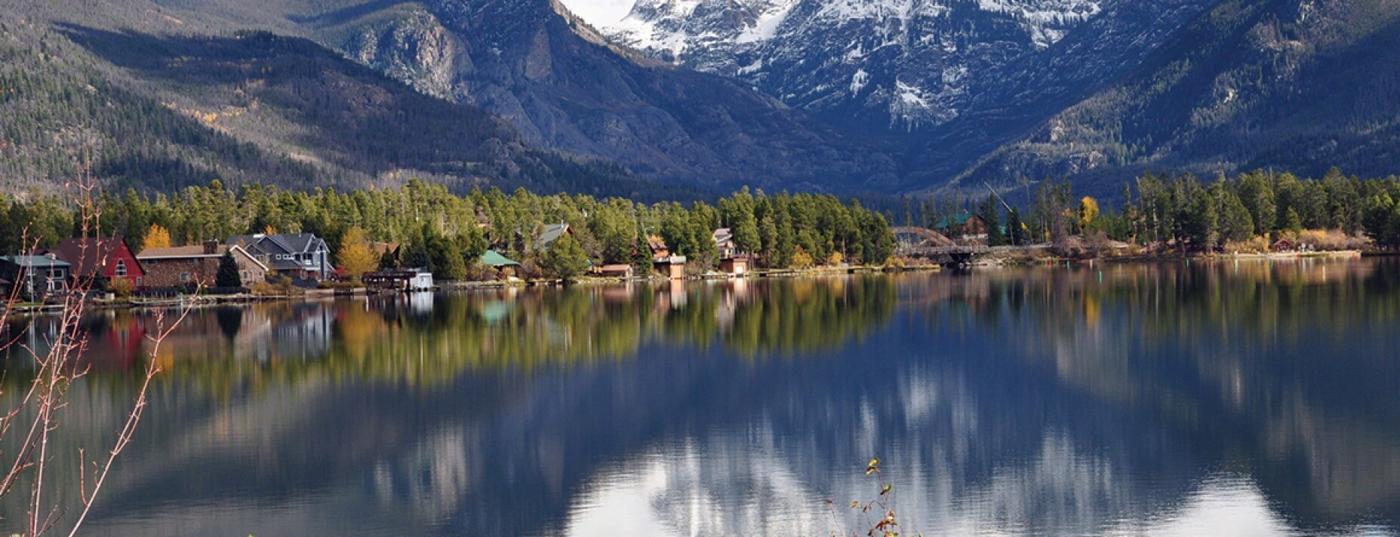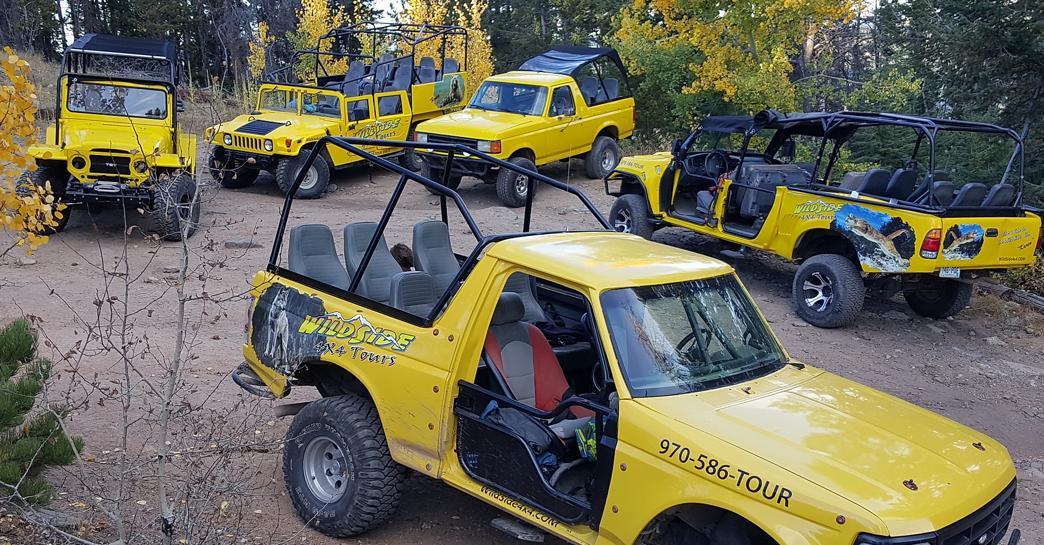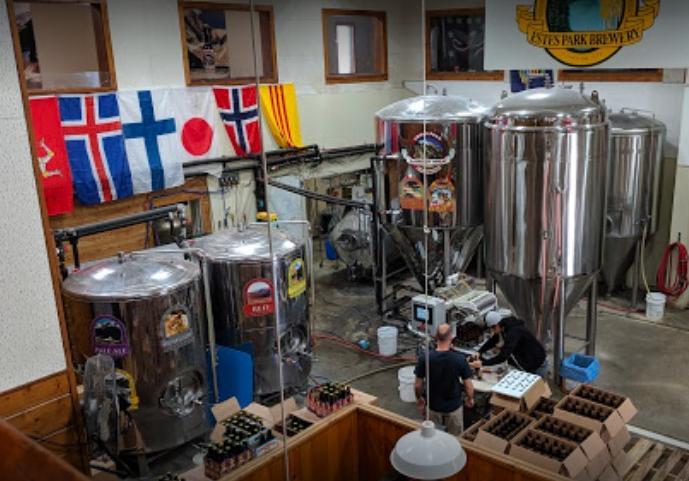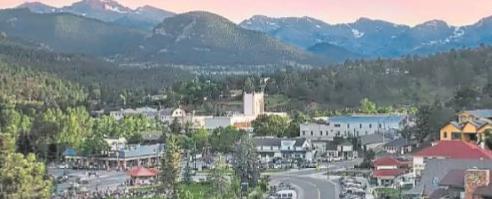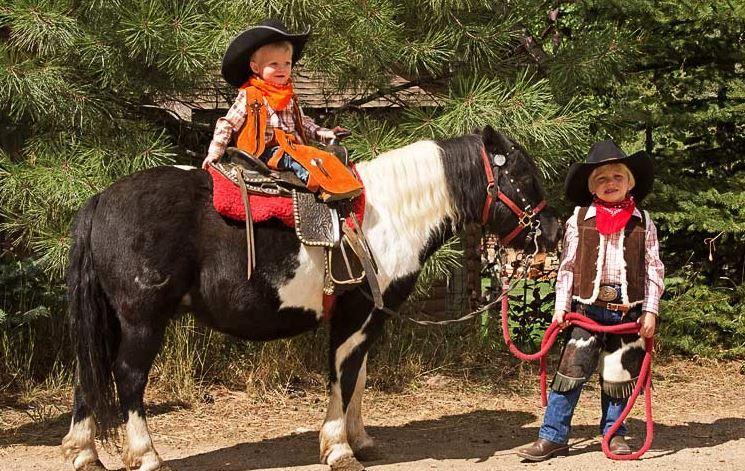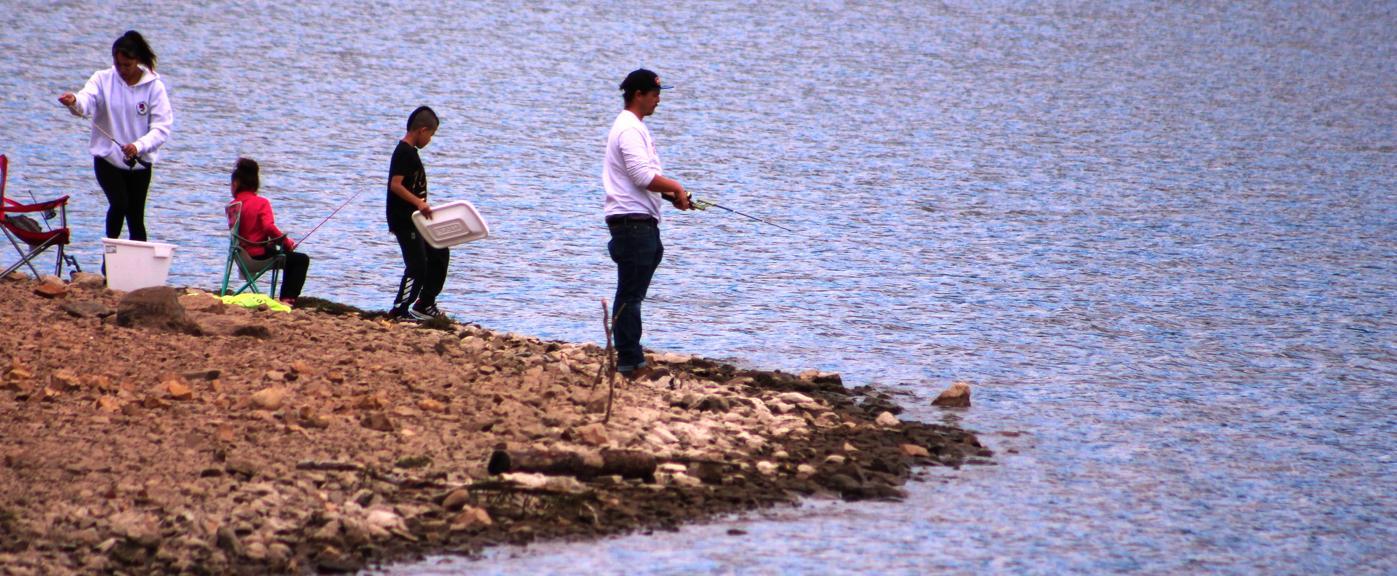
14 minute read
Omnibus
Omnibus offers beautiful objects
By Wendy Rigby
Trail-Gazette
Jessica McGee believes she is living an idyllic lifestyle.
“I own a shop in the cutest town surrounded by beautiful objects,” McGee said. “I get to talk to guests from all over the place.”
As the new co-owner of Omnibus, 239 W. Elkhorn, with her sister, Molly, McGee runs a gift galler y featuring “lots of curious and interesting objects,” as she put it.
In a freestanding building near the water wheel, McGee sells more than 100 lines of products, ever ything from jewelr y and potter y to gargoyles and wind chimes. Omnibus also sells fancy soaps and fine ar ts and crafts.
McGee is an Estes Park native who heard that owners Gar y and Eileen Keimig were looking to retire and wanted to find the right people to take over the business which has been around for more than 38 years.
“The stars aligned for us,” McGee commented. “It was always our favorite store growing up. I have treasures in my jewelr y box from Omnibus from when I was a teenager.”
She bought the business on March 1 and had to close two weeks later because of the pandemic. Omnibus reopened May 2.
“We haven’t been doing horribly so far,” McGee said. “This shop has a following. We have items in here that make good Mother’s Day presents or a bir thday gift for a friend.”
Omnibus has a mix of local
Visitor from page 5
Red Route ser ves as a trolley route around the core of downtown, and takes about 25-35 minutes to complete depending on traffic. The Gold Route travels along Wonder view Avenue and Fall River Road with stops at the Stanley Hotel and the Fall River Visitor Center. The Gold Route will also ser ve Estes Park Health and the Community Center. Parking
The Town as 2,102 parking spaces, including a four-stor y parking structure located on U.S. Hwy. 36 and a short walk to the Visitor Center. This 415space structure increased parking availability for downtown Estes Park and is reducing emissions by allowing more people to park vehicles and quickly access the shuttle systems available at the Visitor Center.
Information about all parking, including permits, is available at www.estes.org/parking.
Wendy Rigby / Estes Park Trail-Gazette Omnibus is at 239 W. Elkhorn Ave.
repeat customers and visitors who shop in the store.
As for the current mask ordinance downtown, McGee said she has not had a single problem so far. Her mother makes masks that she stashes behind the counter. If someone comes in without one, she just of fers them a face covering.
“I love being the owner of a shop,” McGee added. “I see myself doing this forever.”


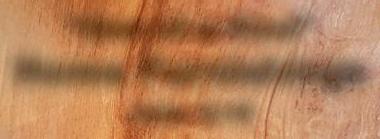
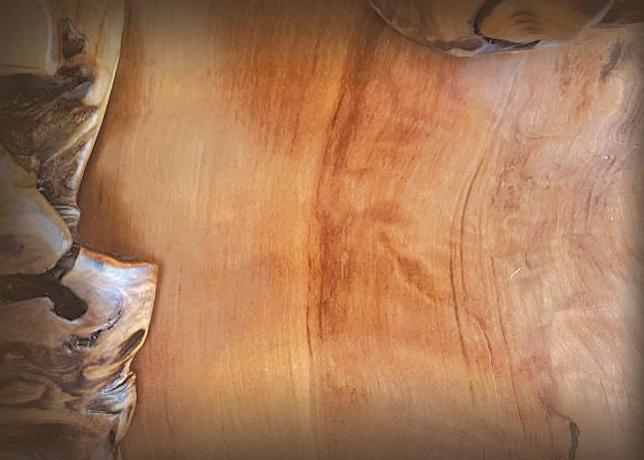

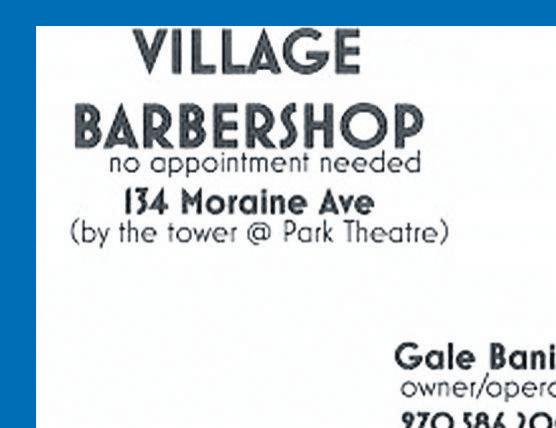
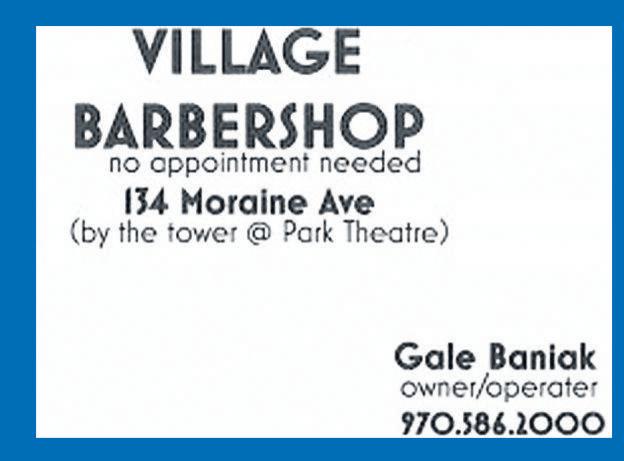
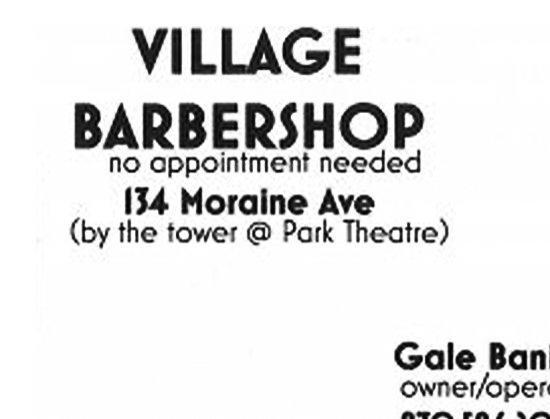
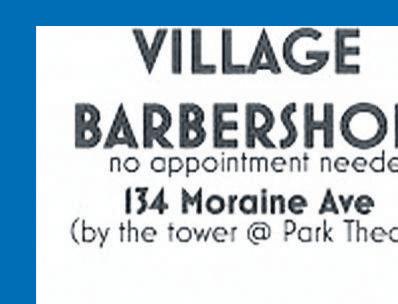
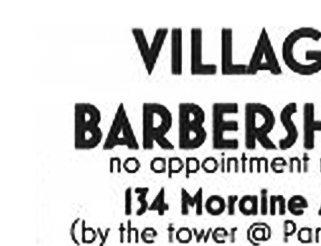
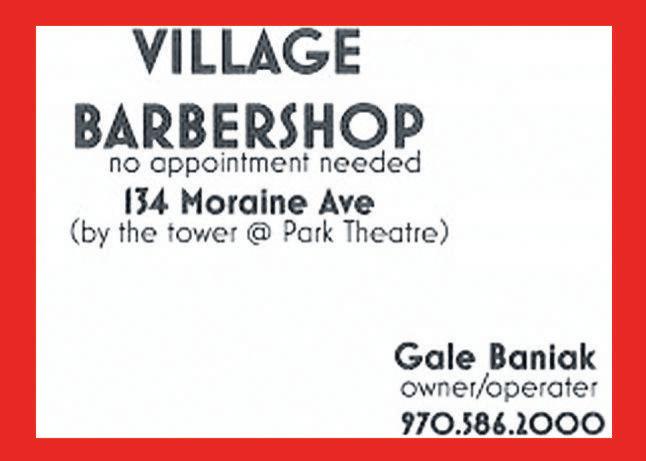
Sticks-N-Stones
“One-of-a-Kind” Home Furnishings
John 3:16 Two Locations in Estes Park




Know your limits
Rocky Mountain National Park is one of the busiest search and rescue parks in the countr y. Many of these incidents could be avoided with visitors planning and making responsible decisions. Winter-like conditions exist in high elevation areas of the park. Bear Lake currently has 14 inches of snow. During the ongoing health crisis, it is critical to make wise choices to keep our national park rangers and first responders out of harm’s way. Protect wildlife
Obey speed limits and be aware of wildlife. During the closure, due to lack of vehicular traf fic, park rangers have obser ved more wildlife congregating adjacent to or on internal park roads. ONGOING PROJECTS FOR SUMMER 2020 Road construction
Road construction is ongoing on US 36 inside of Rocky Mountain National Park. The work is taking place on a 3-mile section of US 36, just west of Bear Lake Road junction to east of Deer Ridge Junction. This section of road will be closed nightly from 7 p.m. to 7 a.m., Sunday nights through Friday mornings. There will be no nightly closures on Friday and Saturday nights. When the road reopens each morning at 7 a.m. to traf fic, motorists should expect delays and a rough sur face. Trail Construction
Major trail construction continues to take place in the Alluvial Fan area after a major flood in 2013, destroyed the existing infrastructure. The park trail crew is staging a variety of material and equipment in the west Alluvial Fan parking ing date of purchase. Available at all Rocky Mountain National Park entrance stations. • Motorcycles: $30 per motorcycle. Valid for seven consecutive days including date of purchase. • Rocky Mountain National Park Annual Pass: A $70 pass which provides unlimited entr y to this park for one year from the date of purchase. Available at all Rocky Mountain National Park entrance stations or with a credit card at 970-586-1438.
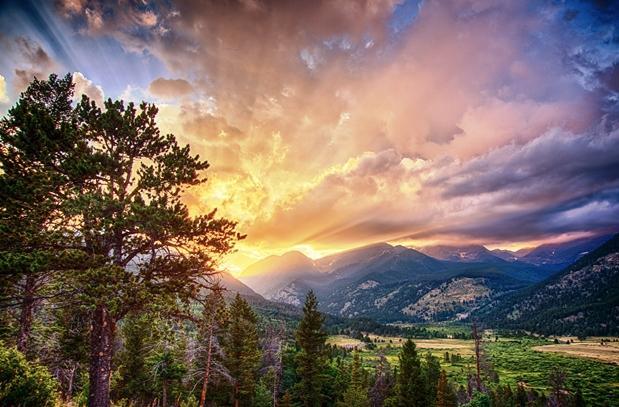
Rick Martinez / Courtesy photo Sunrise in Rocky Mountain National Park
lot and will continue construction of the accessible West Alluvial Fan Trail. Trail and boulder access to the Roaring River from the West Alluvial Fan Parking lot will be closed to park visitors from June 1 to July 31, in the Alluvial Fan area. Campgrounds
Only Moraine Park and Glacier Basin Campgrounds will be par tially open on June 4, with approximately half of the campsites available for reser vations. Aspenglen, Timber Creek and Longs Peak Campgrounds will remain closed for the foreseeable future and may be re-evaluated for par tial opening later in the summer. Wilderness backcountry campsites
Wilderness camping permits will be issued beginning May 27 through the autumn. Shuttle bus operations
Shuttle bus operations within the Bear Lake Road corridor will begin on May 27. In order to practice proper social distancing to minimize community spread of COVID-19, the capacity of the shuttle buses in the Bear Lake Corridor will be limited to 15 passengers per trip. Wear cloth face coverings while riding in the bus. It is unknown at this time whether the Hiker Shuttle from the Estes Park Visitor Center will be operating this summer. Visitor centers
RMNP has four visitor centers where guests can see nature exhibits, view topographical maps of the park, and ask the park rangers questions. Due to COVID-19 visitor centers will open to the public in late June. • Alpine Visitor Center: Located on Trail Ridge Road, Alpine Visitor Center is open depending on weather and Trail Ridge Road conditions. It is closed in the winter. • Beaver Meadows Visitor Center: Located on U.S. Route 36, three miles from the town of Estes Park. • Fall River Visitor Center: Located on U.S. Route 34, five miles west of the town of Estes Park, near the Fall River Entrance to the Park. • Kawuneeche Visitor Center: Located one mile nor th of the town of Grand Lake on U.S. Route 34 at the (west) entrance to the park. Fees and passes
• Automobile pass: $25 is valid for one day. • Pedestrians and bicycles: $20 per person. Valid for seven consecutive days includFishing
Fishing is allowed in designated areas in the park. A valid fishing license is required. Some areas are catch-and-release some are catch-and keep. Obtain a fishing brochure at any visitor center, however, regulations var y from place to place. It is required to have a valid Colorado fishing license at all times. Some areas are exclusively catch-and-release. Obser ve postings carefully. Hunting
Not allowed in RMNP. Hiking
Getting out of your car and hiking over 350 miles of trails is the best way to explore RMNP. Popular trails range from the easy and handicapped accessible paths around Bear Lake, Lily Lake, and Sprague Lake. More ambitious climbs up the fabled Longs Peak are also available for hikers. Speak with rangers at any park visitor center to learn more about the parks trails and investigate the numerous hiking guides available in visitor center bookstores and retail outlets throughout the area. Pets
Pets are not allowed on any trails or meadow areas. A See Rocky, pg. 29
leashed pet may be walked in campgrounds,picnic areas, and along roadsides. Never leave your pet unattended in a vehicle. Kennels are available in Estes Park and other surrounding communities. PLAN AHEAD
• Hike early or hike late (prior to 9 a.m. or after 4 p.m.). • Check the weather forecast before you arrive at the park to better plan your day and destinations. If you plan to hike later in the day, it is critical that you know the weather forecast for the elevation of your destination. • Carpool. • Take advantage of the park shuttle which runs Memorial Day through midOctober www.nps.gov/ romo/planyour visit/shuttle_bus_route.html. • Trailhead parking lots fill early in the day: Glacier Gorge Trailhead by 6:00 a.m. Bear Lake Trailhead by 8:30 a.m. Park and Ride by 10:00 a.m. Wild Basin Corridor by 9:30 a.m. • If you want to hike in the Bear Lake Road corridor and plan to arrive after 11, your best option, and on some days your only option, will be to take the Hiker Shuttle from the Estes Park Visitor Center. This shuttle runs ever y 30 minutes from the Estes Park Visitor Center to the Park & Ride on Bear Lake Road. Expect wait times to board the shuttles. An entrance pass is required to use the Hiker Shuttle. Please see below for how to purchase a pass online. • The Alpine Visitor Center parking lot is normally full between 10 a.m. to 3 p.m. • More than eighty percent of park visitors arrive through the east entrances of the park. • Camping is popular in the park. Reser ve a campsite up to six months before your visit. The two first-come, first-ser ved campgrounds fill up quickly. Timber Creek Campground, located on the west side of the park, fills up last. • In September, visitation is 50 percent higher on weekends than weekdays. • In general, the most visited days in the park are on weekends.
Purchase a daily or weekly entrance pass online at go.nps.gov/rockyfees your email confirmation will ser ve as your pass and should save transaction time once you reach the park entrance station kiosk. Visitor activities abound
Our ranger led programs are wonder ful free oppor tunities to have fun while learning more about the park. They include walks and talks and programs on wildlife. We often have special evening programs at campgrounds and the Beaver Meadows Visitor Center on a variety of topics. Quick, casual and interactive talks and activities are great for all ages.
Learn about bighorn sheep, bears and elk. From brief strolls to longer hikes, these programs highlight birds, lakes, flowers, geology, histor y and so much more! Junior Ranger Program
The park has a “Rocky’s Junior Ranger Program” for children in kindergar ten through eighth grade. Emphasis is placed on park preser vation, flora and fauna facts, and environmental education. When kids complete the Junior Ranger booklet, they earn a badge. Check at a visitor center for information.



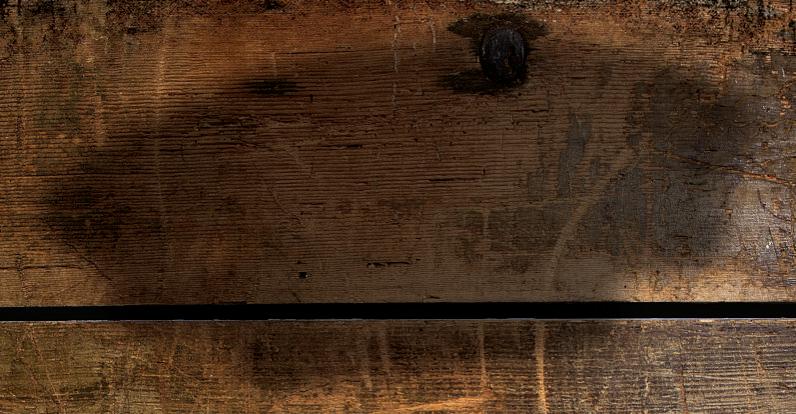
ORIGINAL LOCATION




LONGMONT 1940 KEN PRATT BLVD. LONGMONT, COLORADO 303-923-7427 (RIBS) LYONS 228 MAIN STREET LYONS, COLORADO 303-823-7427 (RIBS) CENTENNIAL 7685 E ARAPAHOE RD CENTENNIAL, COLORADO (720) 728-5769 DENVER 1551 CORTEZ ST DENVER, COLORADO 303-430-7427 (RIBS) ESTES PARK GOLF COURSE 1480 GOLF COURSE ROAD ESTES PARK, COLORADO 970-586-8146 (EXT. 3)
for their seasonal molts. In the summer, the coat is a grizzled rusty or grayish brown. During the winter, the fur is almost entirely white, except for black eyelids and the blackened tips on the ears. The soles of the feet are densely furred, with stif f hairs (forming the snowshoe) on the hind feet.
Snowshoe hare browse on green grasses, and forbs.
Ungulates
There are four species of ungulates or hooved mammals found in the Park. They can be separated into two distinct families: the deer family, which have antlers that are shed and regrow each year, and the sheep family, which carr y true horns that grow throughout the life of the animal. The deer family Elk (Wapiti)
Elk are the Parks most common ungulate. Browncolored animals with white rump patches, they can be seen throughout the Park.
Elk can be dangerous to humans. In the spring, mother elk fiercely protect their newborn calves, warding of f any and all creatures that come between them and their young by slashing with their hooves. During the fall, bull elk become aggressive during the breeding rut.
Clashes between massive
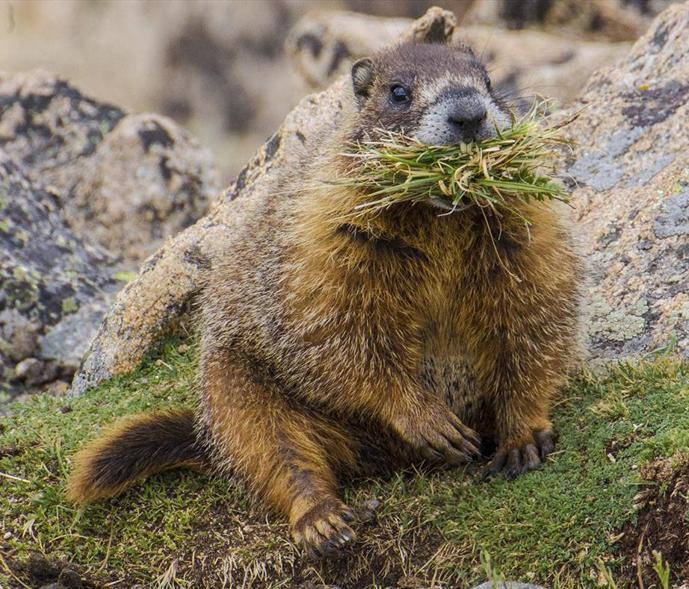
National Park Service / Courtesy photo Yellow-bellied marmots are colonial animals that live throughout the Park but are especially common above tree line.
bull elk are common. They use their antlers as weapons as they lock in combat with other bulls for breeding rights to large harems of cow elk. Visitors should be cautious and not approach elk during any season and to watch for any aggressive displays by the animals (raised ears, glaring looks, stamping of feet, snor ting, etc.) If they move away, the visitor has approached too closely.
Despite their close proximity to humans, elk are still wild animals. Moose
The moose is the largest member of the deer family.
Moose are found more commonly in the Kawuneeche Valley on the west side of the Park, however, they have been seen on the east side, including Sprague Lake and the southwest corner of Estes Park near Highway 7 and Fishcreek.
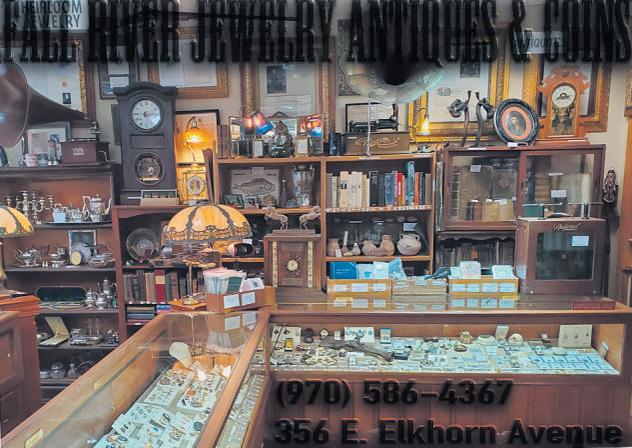

FallR iver J ewelryA ntiques& C oins
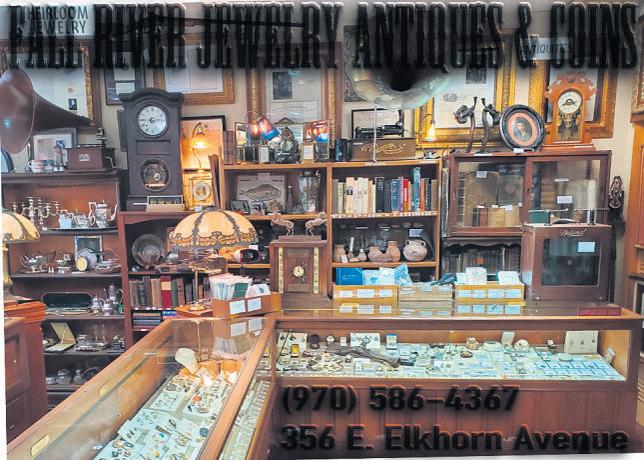
Mule deer
One look at a mule deer and it is easy to see how they got their name. Their large ears are distinctive. Mule deer are usually a dark gray/ brown, with a small white rump patch and a small, black-tipped tail.
Mule deer are browsers and eat a great variety of vegetable matter, including fresh green leaves, twigs, lower branches of trees, and various grasses.
They are commonly seen along the roadways in the Park.
Males are larger than females. The bucks antlers, which star t growth in spring and are shed around December each year, are high and branch for ward.
Mule deer are excellent Sheep and goat family
Bighorn sheep can be found at many locations throughout the park.
Bighorn have a sandybrown coat and a white rump patch. Rams have massive spirally brown horns. Ewes have shor t, spiky brown horns.
Bighorn are primarily grazers and may migrate seasonally between low grassy slopes and the alpine tundra.
Escape terrain with rocky ledges is usually nearby. The carnivores The cat family
Two members of the cat family are found in Rocky Mountain National Park. The largest of the two is the mountain lion or cougar.
These big cats are rarely seen.
Cougars are secretive, solitar y hunters that feed primarily on deer but will also eat smaller game such as rabbits and rodents if food supplies are limited.
The other member of the cat family is the bobcat.
These cats get their name from their shor t, bobbed tail. Bobcats are medium-sized cats. The dog family
The coyote is a mediumsized grayish dog with a slender muzzle, large pointed ears, and a bushy tail. Coyotes are often seen patrolling the road right-of-ways and meadows in search of small rodents. The bear family
Black bears aren’t necessarily black. Their colors range from black to a light cinnamon brown.
Bears are adaptable. They can be found anywhere from the forests of the Park to the neighborhoods of Estes Park.

